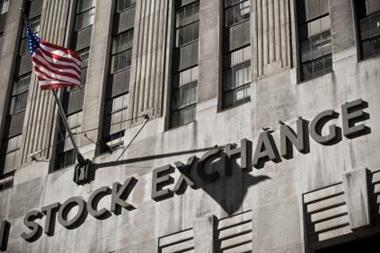Fitch predicts continuing tough credit environment in 2010 and more consolidation
European bank ratings will experience continued “downside pressure” through 2010, as significant challenges remain, according to a Fitch Ratings report.
These challenges include pressure on profitability because of a tough revenue outlook and deteriorating asset quality and increasingly intense competition for funding from governments and corporates.
Fitch said it does not anticipate any upgrades of Long-term Issuer Default Ratings of European banks in the near future apart from ratings for banks acquired by stronger new parents.
"There is a widening chasm between weak and strong banks and Fitch expects further consolidation this year as banks are forced to merge to protect themselves,” said Julia Peach, head of EMEA Financial Institutions at Fitch.
"The gradual phase-out of government support initiatives and weakening asset quality in customer loan books will be key determinants of bank creditworthiness in Europe in 2010," said James Longsdon, Managing Director in Fitch's Financial Institutions team. "In the longer-term, however, the reinforcement of regulation around bank leverage and liquidity is likely to be supportive of bank ratings.”
In Fitch’s view impairment charges are likely to remain elevated in 2010, potentially peaking towards the end of the year. “This will pressure earnings that are already being affected by the impact of low interest rates on deposit margins, higher wholesale funding costs and, for many, the cost of holding stronger levels of liquidity. The major European banks face this challenge with capital bases that have in many cases been materially strengthened, and improved wholesale funding markets,” said the rating agency.
The period between now and 2012 will see intense competition for funds between banks, governments and corporates, said Fitch. “Around EUR2.2 trillion of EMEA bank debt will mature before the end of 2012. This coincides with the fact that governments are expected to significantly increase their own long-term borrowings, meaning intense competition for a finite pool of funds from investors,” noted the report.



















